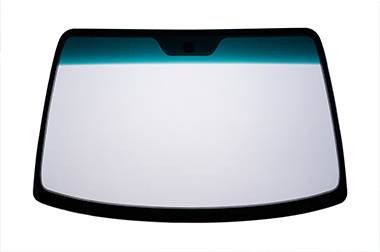
When it’s time to replace your windshield or sunroof glass, you might be asked: Do you want OEM or aftermarket glass? If you’re unsure what that means—or which one is better for your vehicle—you’re not alone.
At RAM Auto Glass, we walk every customer through their glass options before installation. Whether you’re replacing a cracked sunroof or a damaged windshield, understanding the difference between OEM and aftermarket auto glass will help you make the right choice.
What Is OEM Auto Glass?
OEM stands for Original Equipment Manufacturer. This glass is made by the same company that supplied your car’s glass when it was first built. It’s designed to match the exact specifications—shape, thickness, tint, and durability—of the original glass on your vehicle.
Benefits of OEM Glass:
- Perfect fit with factory specifications
- Identical clarity, color, and tint
- Compatible with advanced driver assistance systems (ADAS)
- Typically required to maintain manufacturer warranties
According to I-CAR (Inter-Industry Conference on Auto Collision Repair), OEM glass is often recommended by vehicle manufacturers, especially for vehicles equipped with ADAS like lane departure sensors or rain-sensing wipers.
What Is Aftermarket Auto Glass?
Aftermarket auto glass is produced by third-party companies that aren’t affiliated with your car’s manufacturer. These parts may still meet DOT safety standards but might differ slightly in shape, thickness, or color.
Pros of Aftermarket Glass:
- Lower cost
- More availability and faster delivery
- Often sufficient for older vehicles or non-critical glass (like back or side windows)
However, aftermarket glass can sometimes have subtle differences that impact the performance of built-in technology or visibility. This is especially important when replacing complex glass like panoramic sunroofs or curved windshields with embedded sensors.
So Which Should You Choose?
It depends on your priorities:
- If your vehicle is new (especially within warranty), OEM glass is strongly recommended.
- If your car has ADAS features, OEM is usually the safer bet to avoid recalibration issues.
- If cost is a concern and your vehicle is older or out of warranty, aftermarket glass may be a smart, safe option.
At RAM Auto Glass, we carry and install both options—and we’ll always explain the differences before you decide. Our goal is to make sure you’re confident in both the safety and performance of your replacement glass.
Insurance and Warranty Considerations
Some insurance policies will cover OEM glass only for newer models. Others default to aftermarket unless OEM is requested and approved. It’s best to contact your insurer before booking. We can help facilitate this process when you schedule with us.
We also provide a visual gallery of completed installations so you can see real-world examples of our work with both OEM and aftermarket options.
Trusted Sources on Glass Standards
Related Reading
- What Kind of Damage Can Be Repaired in Windshields?
- Auto Glass Repair vs Replacement: How to Decide
- What to Expect From a Mobile Auto Glass Repair Service
We’ll Help You Make the Right Choice
Whether you choose OEM or aftermarket, what matters most is safe, professional installation. RAM Auto Glass offers both, and we’ll walk you through your options before we begin. Our mobile team serves Vaughan, Markham, Richmond Hill, and beyond—with hundreds of 5-star reviews to back it up.
Contact us now or call (647) 777-7080 to book your mobile replacement today.
